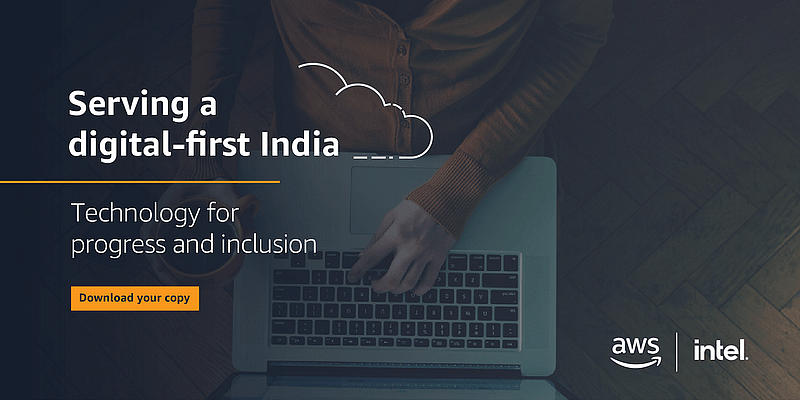Several countries around the world, including India, are taking strides towards achieving the United Nations Sustainable Development Goals (UN SDGs), by improving access to free primary and secondary schooling. This comes with the realisation that democratising learning will give universal access to top-quality education and that better vocational training will eliminate gender and wealth disparities.
Education will continue to play a critical role in India’s journey to becoming a powerful global economy, as each additional year of schooling is estimated to result in about 8 percent higher wages. Equal access to high-quality learning opportunities and experiences are known to improve people’s chances at a better life.
In line with this, the country is now scaling up its efforts to democratise education further. And in doing so, it is leveraging latest technologies and collaborating with startups and technology providers to educate its citizens in a more efficient manner.
The benefits of these efforts were visible during the COVID-19-led lockdown that accelerated the adoption of remote education. Institutions – from K-12 to higher education – deployed digital tools to overcome challenges such as the lack of physical interaction, low attention span of students in a remote environment, poor internet connectivity and irregular supply of study material given the uneven access to smart phones.
Breaking barriers with technology and the Cloud
Technology has been instrumental in providing last-mile educational impact, especially across India’s hinterland and Tier-2 and Tier-3 cities. Governments and private educational institutions have sought to make classrooms available to all by leveraging technologies such as Artificial Intelligence (AI) and Cloud computing, and partnering with startups to further literacy efforts.
Increasing number of smartphone users in rural India, backed by affordable data packs, has further accelerated access to quality education in remote areas, helping bridge social inequalities.
According to a report on the ‘Digitization of the Education Ecosystem’, by the Internet and Mobile Association of India (IAMAI) in association with NSDC and Amazon Web Services (AWS), cloud-based infrastructure is a key requirement to enable delivery of online education.
A prominent use-case in this context is EdTech startup CL Educate. Its unified digital learning platform, aspiration.ai, offers both synchronous and asynchronous content and has special interactive features that keep students engaged. CL Educate adapted the learning platform, built on the AWS platform with Intel, and made it launch-ready in just two weeks when the Delhi Government approached them for its use. It currently serves over 165,000 students and is projected to serve one million students in the future.
This successful project with the Delhi Government underscores the importance of having the right technology partners for organisations to bolster their products and services.
For New Delhi-based English Helper, its RightToRead programme is bridging the digital divide between those who can read text properly and the ones who cannot even identify the alphabet by deploying ReadToMe – an AI reading and comprehension product. As per the Annual Status of Education Report 2019, only 16 percent of India’s children in the first grade in rural India can read at a prescribed level while 40 percent couldn’t recognise the alphabet.
Teachers across several schools and institutions in 10 countries in Asia, Africa and Latin America use ReadToMe in class to read existing textbooks, following which teachers have reported improved reading, comprehension, and speaking skills in students. The company uses Amazon EC2, CloudFront, CloudWatch, and Amazon RDS for its ReadToMe programme.
All for one and one for all
The public and private sector both are working aggressively to improve the reach of education in Tier -2 and Tier -3 cities and rural areas. Digital content and channels are helping bridge gaps in access to education, improve learning outcomes, and make the teaching process more effective. The role of technology, the epicentre behind this revolution, is and will continue to be the key to provide citizens of both these geographies a level playing field. By democratising education through technology, India can create more equitable opportunities, along with providing a greater number of students easy access to the best educators and experts.










